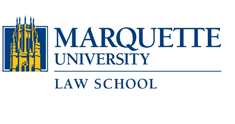Abstract
Since the 1970s, the overwhelming majority of Supreme Court law clerks have had prior experience clerking in lower courts, primarily the federal courts of appeals. Throughout that period, there has been a tendency for Justices to take clerks from lower court judges who share the Justices’ ideological tendencies, in what can be called an ideological linkage between judges and Justices in the selection of law clerks. However, that tendency became considerably stronger between the 1970s and 1990s, and it has remained very strong since the 1990s.
This Article probes the sources of that alteration in the Justices’ selection of law clerks. Although no definitive conclusions are possible, two developments seem to be responsible for the change. The first is growing ideological polarization among political elites, which has given Justices stronger incentives to seek out law clerks whose policy preferences are similar to those of the Justices. The second is a pair of changes in applications for Supreme Court clerkships: a massive increase in the numbers of applicants and the development of a practice in which applicants apply to all nine Justices. These changes give the Justices more reason to use the identity of the judge with whom an applicant has clerked as a source of information about the applicant’s policy preferences. Thus, it appears that a major change in the character of American politics has combined with changes in clerkship applications to bring about a strengthening of the ideological linkage between judges and Justices in clerk selection.
Repository Citation
Lawrence Baum,
Hiring Supreme Court Law Clerks: Probing the Ideological Linkage Between Judges and Justices,
98 Marq. L. Rev. 333
(2014).
Available at: https://scholarship.law.marquette.edu/mulr/vol98/iss1/16
